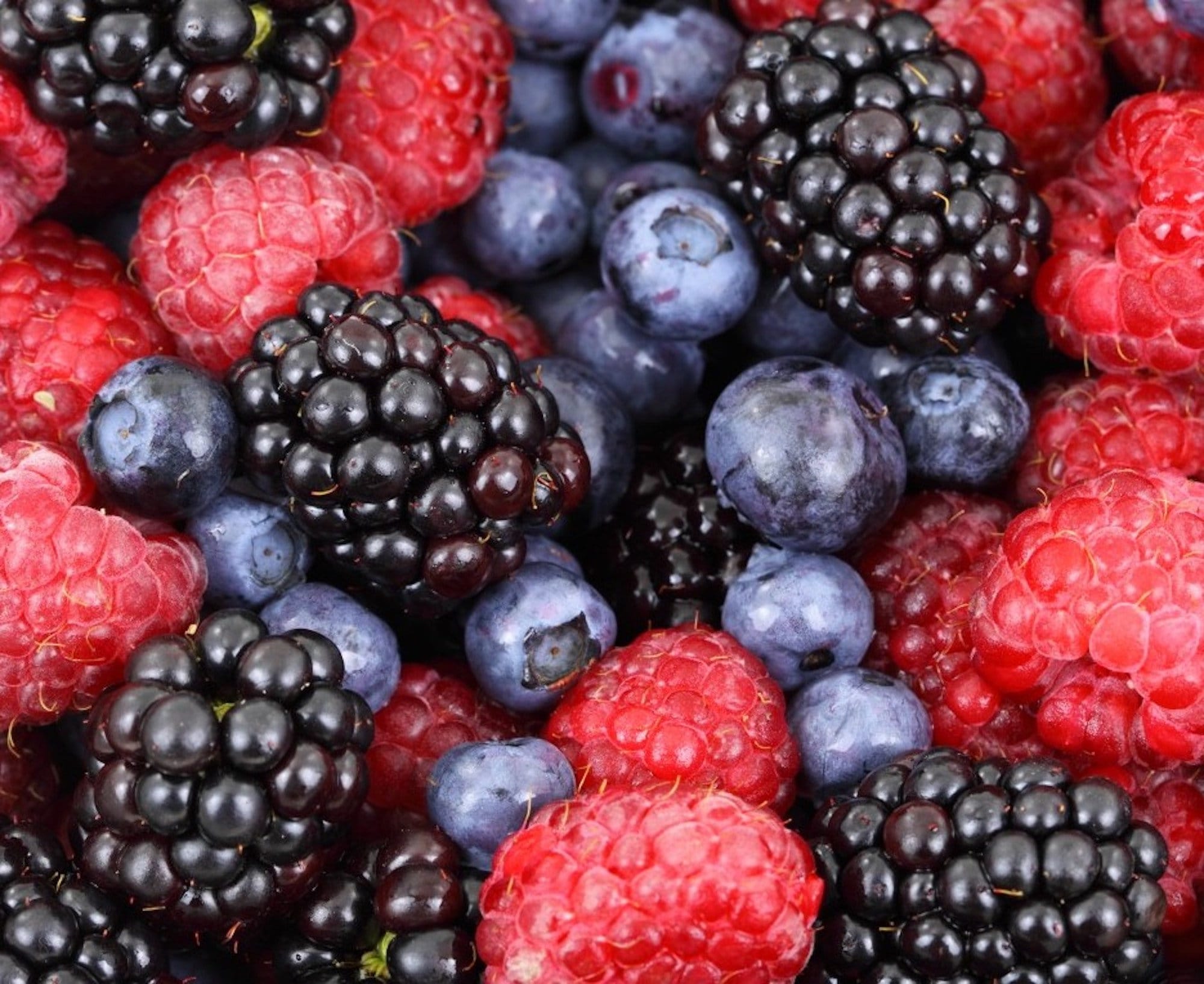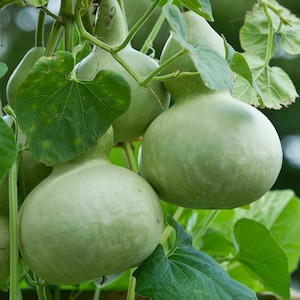

Fruit Organic Seeds
Raspberry Seeds Non-GMO, Open Pollinated, Heirloom for Hydroponics, Aquaponics, Soil, Raised Bed, Indoor, Outdoors, In Pots -1019S
$0.77
-
Details** Special note for Raspberry seeds, it takes 4-5 months for the seeds to sprout, suggest to sow on Sept of the year.
How to Grow Raspberries from Seeds: Cultivate Delicious Berries in Your Garden
Raspberries are a popular and versatile fruit known for their vibrant color, sweet-tart flavor, and multiple culinary uses. If you're eager to grow raspberries from seeds, we have a comprehensive guide to help you get started. Learn more about raspberries, their culinary uses, and how to successfully grow them from seeds available at the trusted web store ezyseeds. Take into consideration the USDA Hardiness Zone information for optimal results.
What are Raspberries?
Raspberries (Rubus idaeus) are small, edible fruits that belong to the Rosaceae family. They come in different varieties and colors, including red, black, purple, and yellow. Raspberries are not only delicious but also packed with essential vitamins, minerals, and antioxidants, making them a nutritious addition to your diet.
Culinary Uses of Raspberries:
Raspberries are incredibly versatile and can be enjoyed in various ways:
1. Fresh Enjoyment: Raspberries are delightful when eaten fresh. Enjoy them as a healthy snack or add them to fruit salads for a burst of sweetness and color.
2. Baking and Desserts: Raspberries are a popular choice for pies, tarts, cakes, muffins, and other baked goods. They add a tangy and vibrant flavor to your favorite desserts.
3. Jams and Preserves: Raspberries make delicious jams, jellies, and preserves. Preserve the fresh flavors of raspberries by canning them for future use.
4. Smoothies and Drinks: Blend raspberries with other fruits, yogurt, and your choice of liquid to create refreshing smoothies. You can also infuse them into lemonades, iced teas, or cocktails for a flavorful twist.
Growing Raspberries from Seeds:
1. USDA Hardiness Zones: Raspberries are typically suited for USDA Hardiness Zones 3-9, depending on the variety. Check your specific zone to ensure suitability.
2. Seed Selection: Choose high-quality raspberry seeds from a reputable source like ezyseeds. Consider selecting varieties that are well-suited to your growing zone and desired berry color.
3. Cold Stratification: Raspberry seeds often require a period of cold stratification to break dormancy. Place the seeds in a damp paper towel and seal them in a plastic bag. Refrigerate for 4-12 weeks before sowing.
4. Sowing Seeds: Fill seed trays or pots with a well-draining seed starting mix. Plant the raspberry seeds about ¼ inch deep and lightly cover them with soil. Keep the soil consistently moist.
5. Germination: Place the seed trays or pots in a cool location with indirect sunlight. Raspberry seeds may take several weeks to germinate, so be patient and maintain proper moisture levels.
6. Transplanting: Once the seedlings have developed a few sets of leaves and are sturdy enough to handle, transplant them into larger containers or outdoors in a prepared bed. Space the plants according to the specific variety's recommendations.
7. Soil and Sun Requirements: Raspberries prefer well-draining soil with a pH range of 5.5-6.5. Choose a location that receives full sun for at least 6-8 hours per day.
8. Trellising and Support: Raspberries benefit from trellising or support structures to keep the plants upright and allow for better air circulation. Install trellises or stakes at the time of planting.
9. Watering and Mulching: Provide regular watering to keep the soil consistently moist, especially during dry periods. Apply a layer of organic mulch around the base of the plants to conserve moisture, suppress weeds, and maintain soil temperature
10. Pruning and Maintenance: Prune raspberries annually to remove dead or weak canes and promote new growth. Follow specific pruning techniques based on the raspberry variety you are growing.
11. Harvesting: Raspberries are ready for harvest when they are fully ripe and easily detach from the plant with a gentle tug. Harvest the berries regularly to enjoy them at their peak flavor.
By following these guidelines and considering your USDA Hardiness Zone, you can successfully grow your own delicious raspberries from seeds sourced from ezyseeds. Enjoy the process of cultivating these flavorful berries and savor the rewarding experience of growing your own garden-to-table raspberries.
Includes:
- Try Pack: 10 seeds of Raspberry
- Regular Pack: 55 seeds of Raspberry
- Growing Instructions -
Shipping & Policies
Shipping from United States
Processing time
1-2 business days
Customs and import taxes
Buyers are responsible for any customs and import taxes that may apply. I'm not responsible for delays due to customs.
Payment Options
Returns & Exchanges
I don't accept returns, exchanges, or cancellations
But please contact me if you have any problems with your order.
Privacy policy
- Order total over USD 14 will be sent with a tracking. For order less than USD 14 will be shipped economy/standard or first class 2-10 day shipping.
-Due to the nature of the seeds, we do not accept return, exchange and cancellation of orders.



